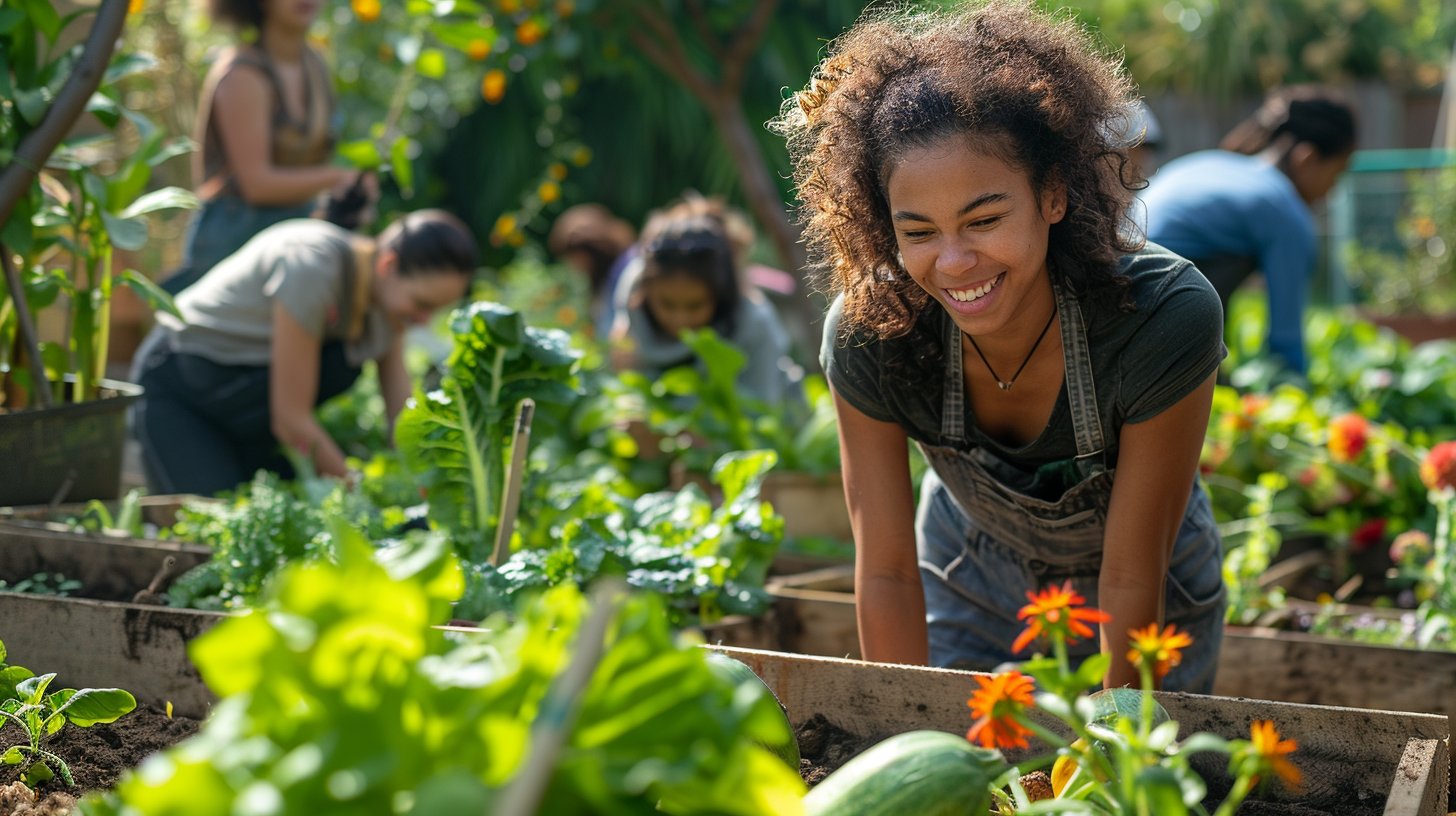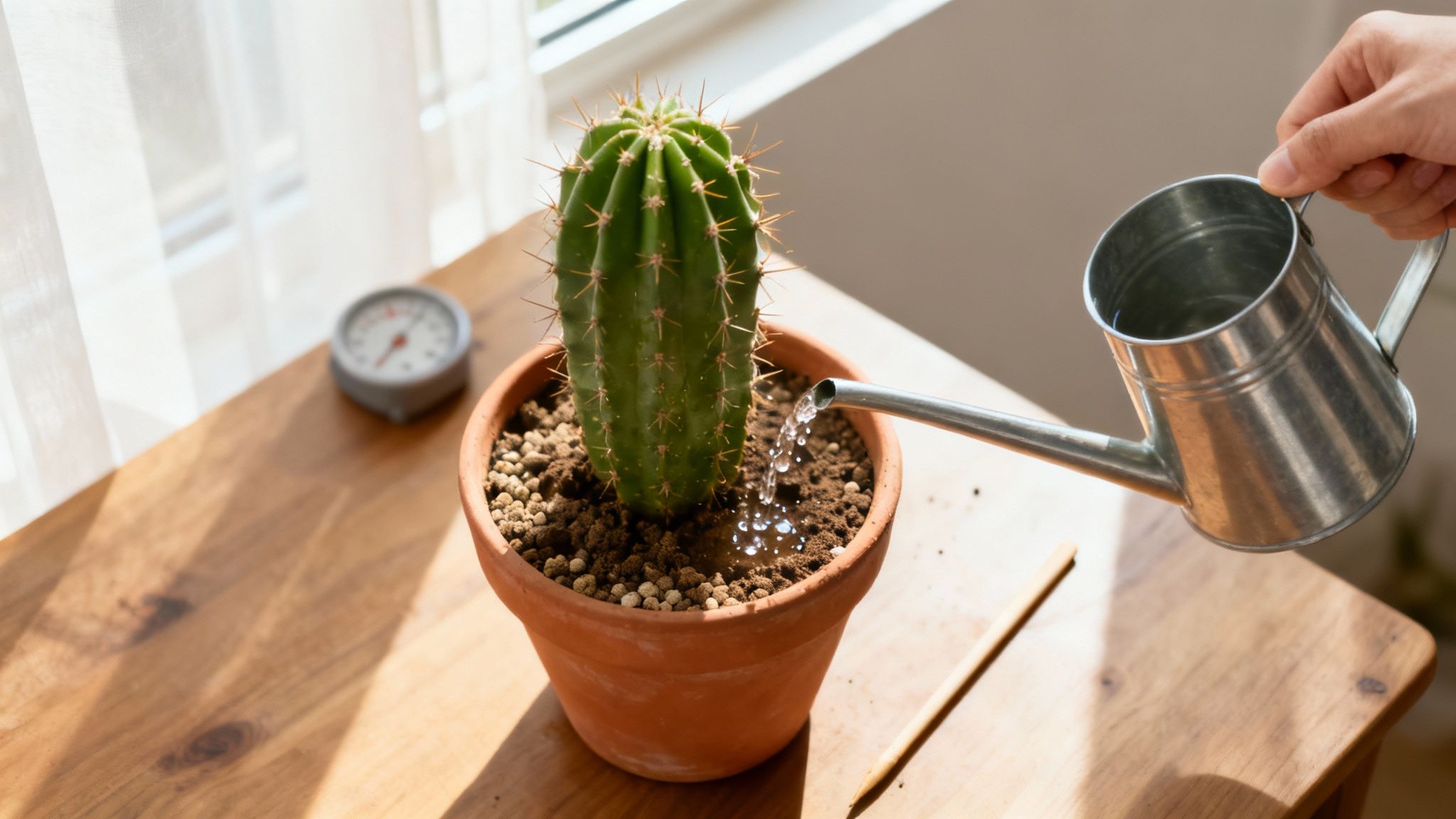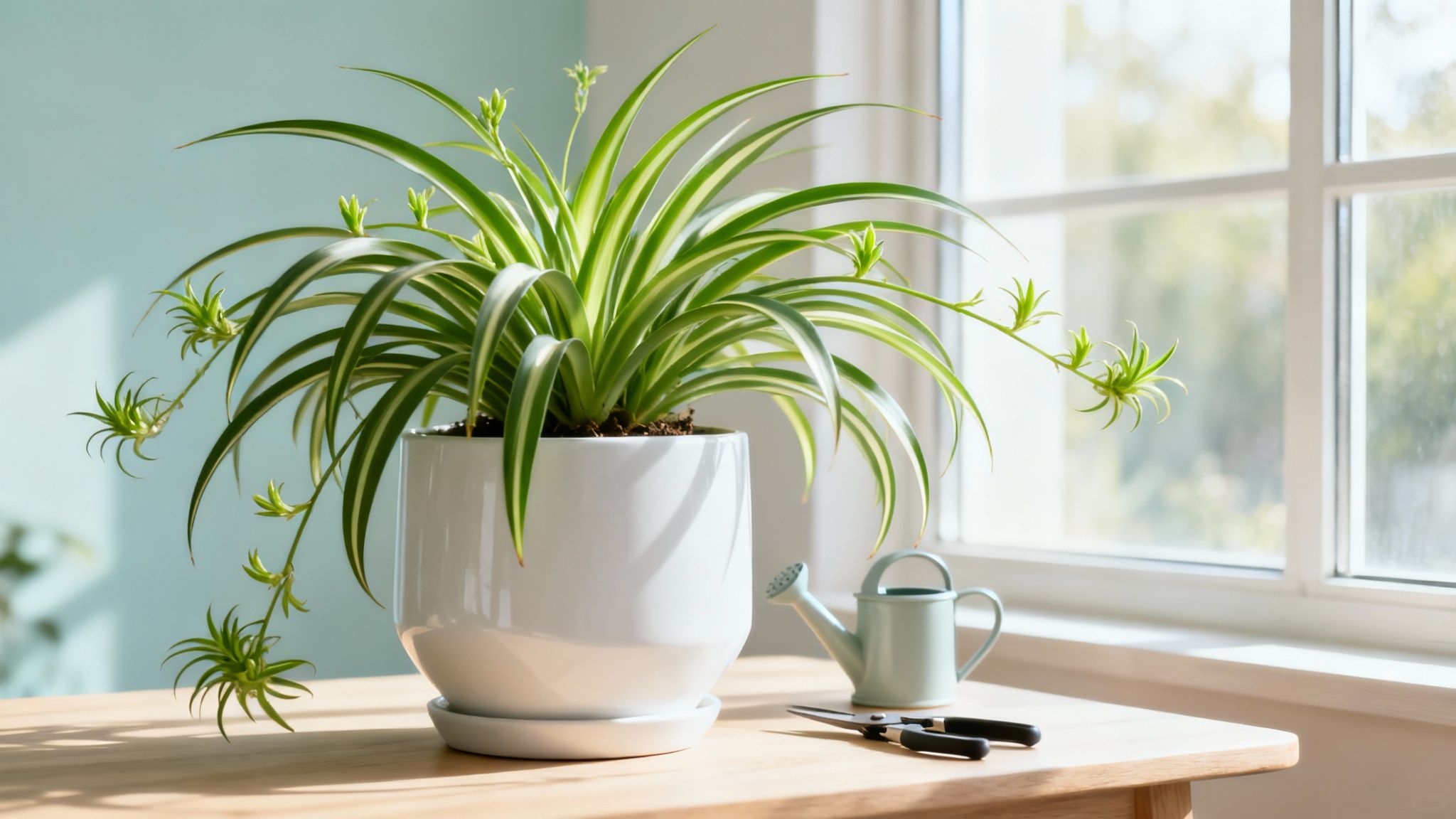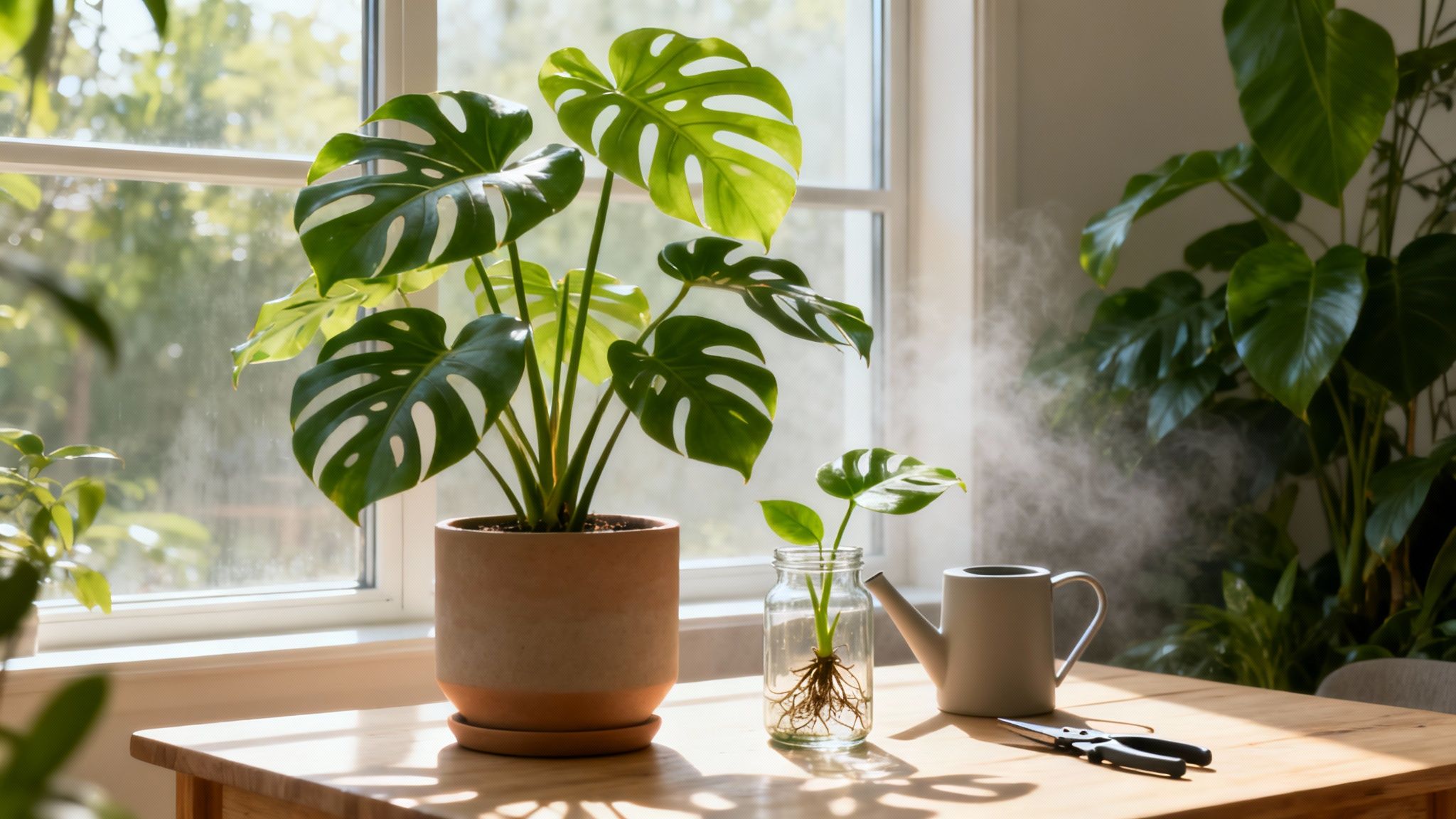Getting your hands dirty and starting a garden feels like a fundamental human urge, but figuring out where to actually begin can feel overwhelming. Let's clear something up right away: a thriving garden isn't about some mystical "green thumb." It’s built on a few simple, learnable principles that can turn hesitation into the confidence of planting day. You can absolutely do this.
This guide will walk you through the essential steps, from dreaming up your perfect plot to the excitement of planting and beyond. We'll show you how to:
Scout your own space to find the absolute best spot for sunlight.
Prepare your soil so it can support healthy, strong plants.
Pick the right plants that are practically guaranteed to thrive where you live.
Care for your new garden through those critical first few weeks.
Problem-solving is part of the journey, but what if you had an expert in your pocket? The Tendra app connects you with a community of local gardeners who have already figured out your exact soil type or that tricky shady spot. With the right knowledge and community support, your adventure will feel amazing from the very first sprout.
Designing Your Ideal Garden Space
Before you buy a single seed packet, your most powerful tool is observation. A successful garden starts with a smart blueprint, and you are the architect. It all begins with a realistic look at the space you have—whether that's a sun-drenched balcony, a shady patch of yard, or a cozy indoor windowsill.
The single most important factor, the one that dictates everything else, is sunlight. So many beginner frustrations come from trying to grow sun-loving plants in a shady spot. Understanding your light is the first, most critical step.
Performing a Simple Sun Audit
You don't need fancy equipment to map your sunlight. This simple observation, or "sun audit," is something you can do over a day or two. Just check on your potential garden spots every hour from morning to evening and jot down when they're in direct sun versus shade.
Ask yourself these key questions:
How many hours of direct sun does this spot get? "Full sun" is typically 6-8+ hours of direct, unfiltered sunlight a day. Most vegetables and fruiting plants, like tomatoes (Solanum lycopersicum), need this much to thrive.
What time of day is the sun strongest? Morning sun is gentler, while intense afternoon sun can scorch delicate plants in hot climates.
Is the sunlight filtered? Light coming through the leaves of a tall tree is a world away from wide-open sky.
Once you have a clear picture of your light patterns, you'll know exactly which plants have the best chance to thrive. This single step will save you so much time and disappointment.
Choosing Your Garden Style
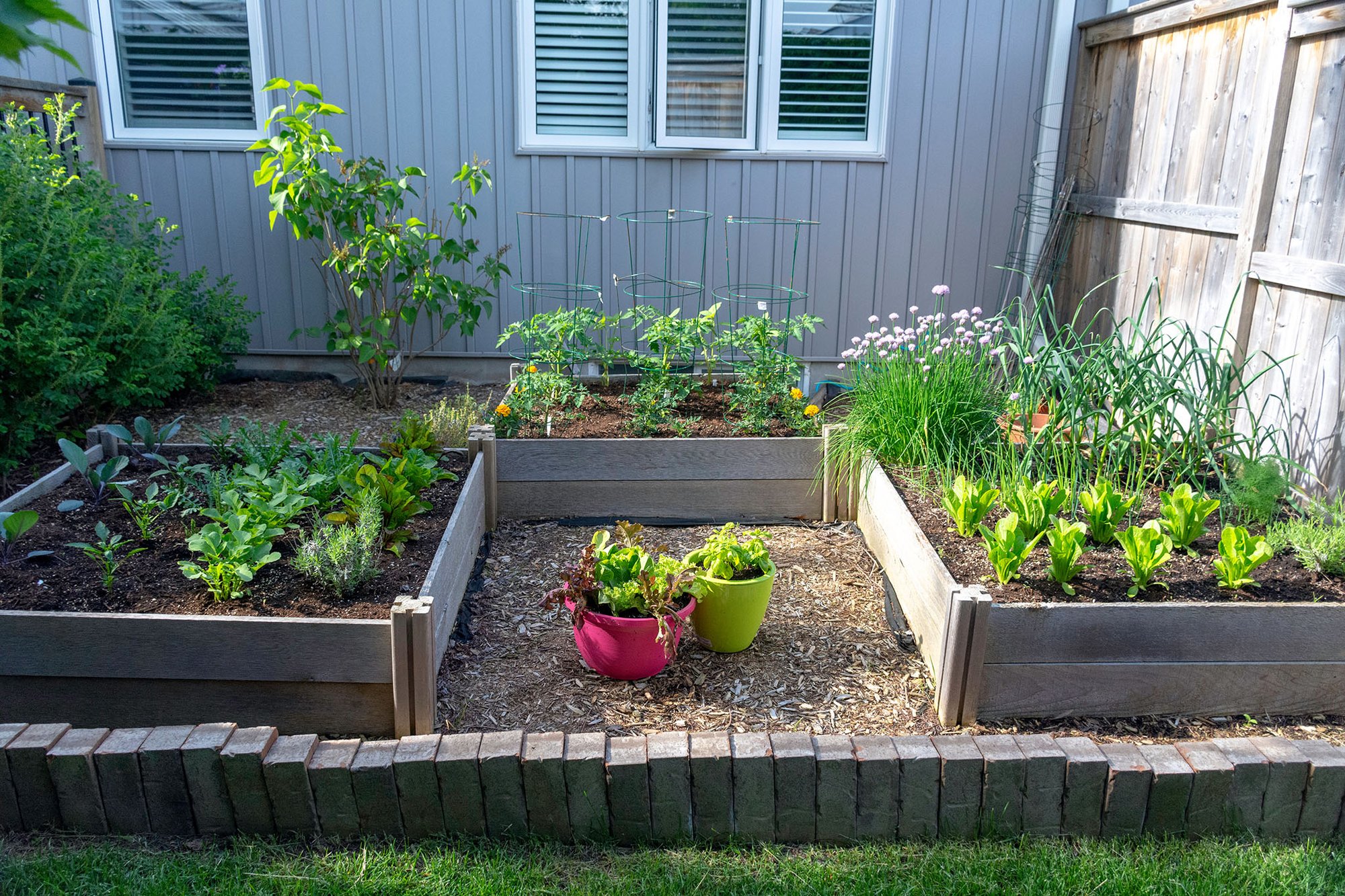
With your sun map in hand, it's time to decide on the physical structure of your garden. Each style has pros and cons, so choose the one that best fits your space, budget, and physical abilities.
Container Gardening
This is the most flexible option, perfect for balconies, patios, or anyone renting. You can grow a surprising amount in pots, from herbs to small fruit trees.
Pros: You have complete control over the soil, it’s ideal for small spaces, and you can move pots around to chase the sun.
Cons: Containers dry out much faster than in-ground beds and will need more frequent watering and fertilizing.
Raised Beds
These are bottomless frames constructed from wood, metal, or stone and are filled with high-quality soil. They provide an effective solution for dealing with poor native soil conditions, such as heavy clay or sand.
Pros: They provide excellent drainage, reduce soil compaction, and are more convenient for your back as they require less bending.
Cons: The initial cost is higher due to the materials and the quality soil needed for filling. Additionally, since native soil is not used, acquiring suitable soil may increase the expense.
In-Ground Gardens
This is the classic method of planting directly into the earth. It's the most cost-effective option if you're lucky enough to have decent soil.
Pros: It’s less expensive to start, gives roots more space to grow, and holds moisture longer.
Cons: It requires more initial work to prepare the soil and can be tougher to manage weeds.
Building Your Foundation with Healthy Soil
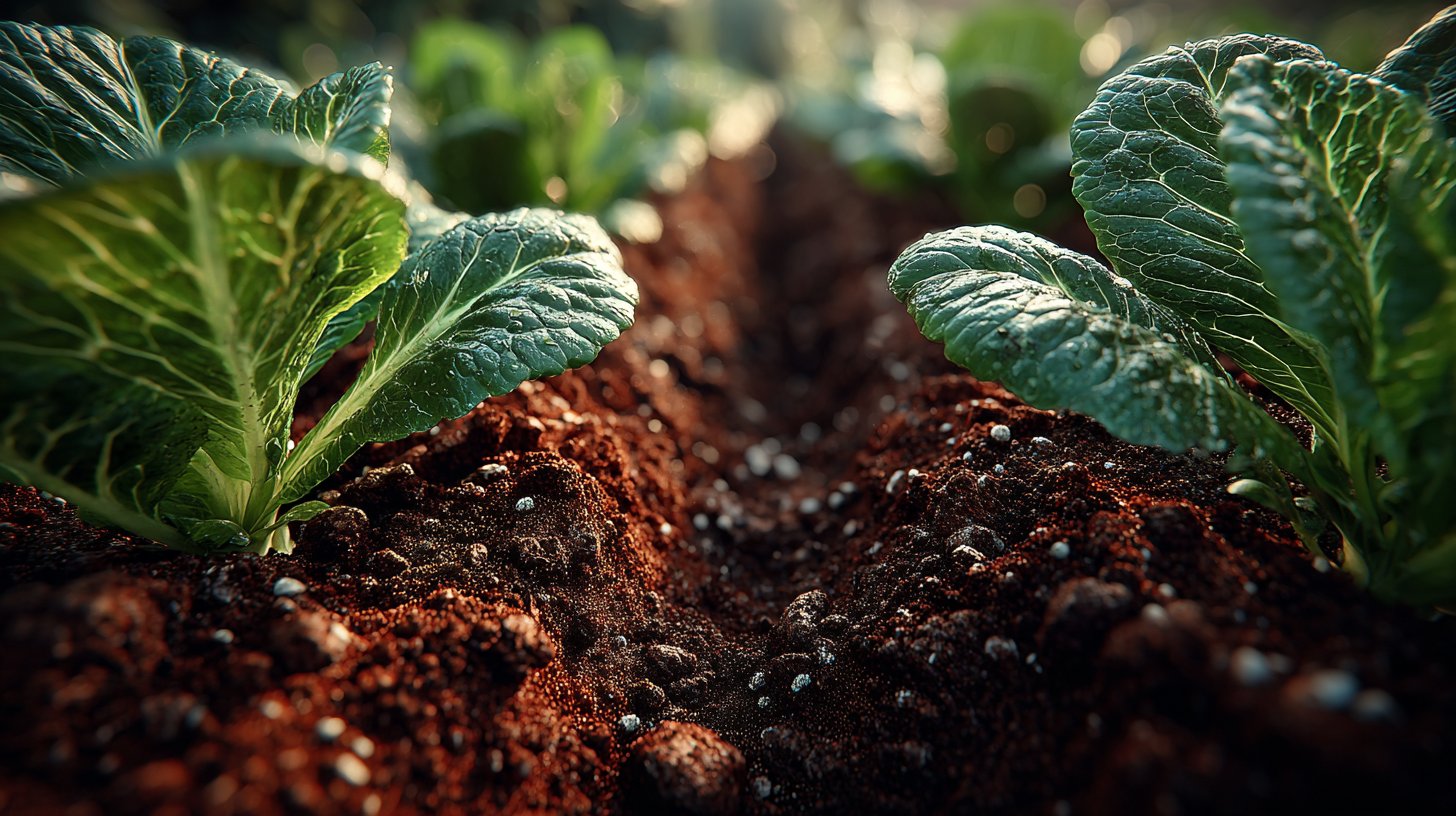
Every thriving garden starts from the ground up. Your soil isn't just dirt; it's a living ecosystem that makes everything else—from watering to feeding—so much easier. You don't need a degree in soil science to get this right. Understanding the basics of what's beneath your feet will empower you to create the perfect environment for your plants to flourish.
Understanding Your Soil's Personality
At its core, soil is a mix of three mineral particles: sand, silt, and clay. The ratio determines your soil's texture, which directly impacts how well it holds water and nutrients.
Sandy soil feels gritty because its particles are large. It drains fast—sometimes too fast—and struggles to hold onto nutrients.
Clay soil is the opposite. Its particles are tiny and fine, feeling sticky when wet. It's often rich in nutrients but can become dense and compacted, leading to poor drainage.
Silty soil has medium-sized particles that feel smooth, almost like flour. It generally holds moisture well and is quite fertile.
Most garden soil is a combination of these. The ideal is a balanced "loam," which gives you the best qualities of all three.
The Simple Squeeze Test
Want a quick read on your soil type? Grab a handful of moist (but not soaking wet) soil and give it a firm squeeze.
If it forms a tight, solid ball that doesn't crumble when you poke it, you're likely working with clay-heavy soil.
If it barely forms a ball and falls apart easily, you probably have sandy soil.
If it forms a ball that holds its shape but breaks apart with a gentle poke, congratulations—you've likely got that coveted loamy soil!
This simple test is your starting point. A classic rookie mistake is planting directly into dense clay, which can suffocate young roots. But no matter your starting point, the solution is almost always the same.
The Magic of Organic Matter
The one thing that improves any soil type is organic matter. We're talking about things like compost, well-rotted manure, or shredded leaves. It's the universal soil conditioner.
No matter what kind of soil you have—heavy clay, fast-draining sand, or something in between—the answer is always more compost.
Incorporating organic matter is highly beneficial. For clay soil, it breaks apart the small particles, forming air spaces that enhance drainage. In sandy soil, it functions like a sponge, aiding in moisture and nutrient retention. While it is excellent for vegetable beds, for perennials or trees, over time it decomposes and can create a dense layer that hinders air circulation. Therefore, it's important to adjust its use based on the type of plants.
Practical Steps for Amending Your Soil
Whether you're working with a new raised bed or an existing in-ground plot, the process is straightforward.
For Garden Beds (Raised or In-Ground):
Spread a 2-4 inch (5-10 cm) layer of compost over the surface. Then, use a garden fork or shovel to gently work it into the top 6-8 inches (15-20 cm) of soil. Avoid aggressive tilling, as that can damage the soil's delicate structure.
For Containers and Pots:
Never use soil straight from your garden in pots. It compacts too easily and drains poorly. Instead, you need a lightweight potting mix. Here's a great DIY recipe:
1 part compost
1 part peat moss or coco coir (for moisture retention)
1 part perlite or vermiculite (for aeration)
Putting in this work now is the best guarantee of a vibrant, productive garden later. Your plants will thank you for it.
Picking Your First Plants for Guaranteed Success
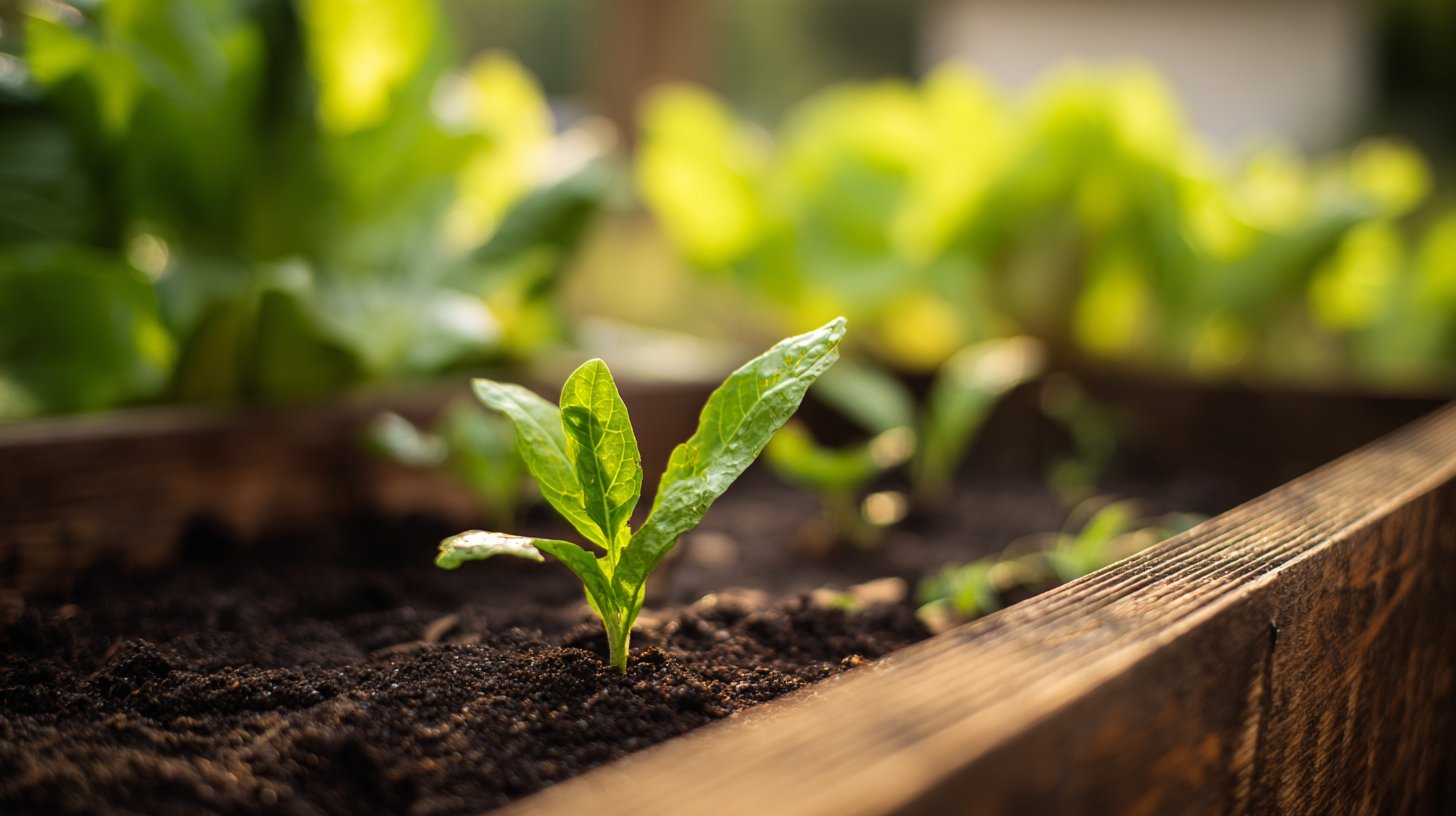
Walking into a garden center is a blast, but it can also be overwhelming when you’re just starting out. Let's cut through the noise and figure out exactly what plants will set you up for success.
First, understand the basic rhythm of a plant's life. You’ll see plants sold as either annuals or perennials.
Annuals: These are "one and done" plants that complete their life cycle in a single season. Think of vibrant marigolds (Tagetes erecta), zinnias, and most vegetables like tomatoes and zucchini.
Perennials: These plants come back year after year. Their roots survive the winter and push out new growth in the spring. Coneflowers (Echinacea purpurea), hostas, and many herbs like lavender (Lavandula angustifolia) are perfect examples.
A mix of both is usually best for a new garden. Annuals provide instant color and a quick harvest, while perennials become reliable friends.
Seeds or Starts? A Key First Decision
Next up: do you want to grow from tiny seeds or buy young plants, often called "starts" or "transplants"?
Starting your garden from seed is incredibly satisfying and budget-friendly. But it does require more patience.
Buying starts is a fantastic shortcut for beginners. You get a healthy, established plant that’s ready to grow, letting you skip the delicate seedling phase.
Pro Tip: For your first go with vegetables like tomatoes or peppers, grab some starts. It gets you that much closer to your first harvest and lets you focus on caring for a sturdy, more forgiving plant.
The Gardener's Golden Rule: Right Plant, Right Place
If you remember one thing, make it this: match the plant's needs to your garden's conditions. This is the absolute key to success.
It all comes back to your sun audit and local climate. This is where USDA Hardiness Zones become important, telling you which perennial plants can survive winter in your area. This is where the Tendra app saves the day. Instead of guessing at the nursery, you can use its climate-specific variety selection to find plants that are proven winners right where you live.
Top Picks for Beginner Gardeners
Starting with tough, forgiving plants is the best way to build confidence. Here are a few nearly foolproof options.
Easy-to-Grow Vegetables:
Leafy Greens: Lettuce, spinach, and Swiss chard grow fast and can often be harvested multiple times.
Zucchini/Summer Squash: Famously productive. One or two plants will give you more squash than you know what to do with.
Bush Beans: They grow quickly, don’t need trellises, and are a cinch to harvest.
Radishes: The ultimate for instant gratification. You can go from seed to salad in as little as three weeks.
Local knowledge is pure gold. This is what makes Tendra's Twin Plant Mates feature so valuable. It connects you with other gardeners in your area so you can see what they’re planting and ask for recommendations. It’s like having a seasoned garden mentor in your pocket.
And if you’re thinking about bringing the green indoors, our guide on caring for resilient houseplants like the Golden Pothos is a great starting point.
Your Guide to a Successful Planting Day
[Supporting image: Close-up on a person's hands gently placing a small tomato seedling into rich, dark soil in a raised bed.]
This is the day all your planning pays off. Nailing this part sets you up for a season of healthy growth and a fantastic harvest. The secret is a gentle touch and a little know-how.
Getting Plants in the Ground Correctly
When you're sowing seeds, the classic rule is to plant them at a depth of about twice their diameter. One of the most common rookie mistakes is planting too deep. Gently press the soil over them and give a light watering to settle everything in.
Working with seedlings is all about avoiding transplant shock. Be careful to handle seedlings by their leaves or the root ball, never by the fragile stem. Dig a hole that's slightly wider than the container, and if roots are circling the bottom, gently tease them apart. Place the plant in the hole so it sits at the same depth it did in its pot, then fill the soil back in.
The Importance of Proper Spacing
I know it's tempting to cram as many plants as you can into your garden beds. But overcrowding causes more problems than it solves. Giving plants the right amount of space is critical for:
Better Airflow: This helps leaves dry faster after rain, massively cutting down the risk of fungal diseases.
Reduced Competition: Plants compete for sunlight, water, and nutrients. Proper spacing means stronger plants and bigger harvests.
Always check the back of your seed packet or the plant tag for spacing recommendations. Your garden might look bare at first, but it will fill in faster than you think.
Essential First Steps After Planting
With everything in the ground, your job shifts to aftercare. The first couple of weeks are all about helping your plants establish strong roots. The two most important things you can do are watering correctly and adding mulch.
Forget watering on a strict schedule. The most reliable way to check if your plants are thirsty is the “finger test.” Stick your finger about an inch (2.5 cm) into the soil. If it feels dry, it's time to water. Water deeply and less often to encourage deep, resilient roots.
Once you’ve given your new plants a good drink, apply a 2-3 inch (5-8 cm) layer of organic mulch—shredded leaves, straw, or wood chips work great. Mulch is a game-changer: it holds moisture in the soil, keeps weeds from popping up, and helps regulate soil temperature.
Real-World Application: Sarah’s First Tomato Garden
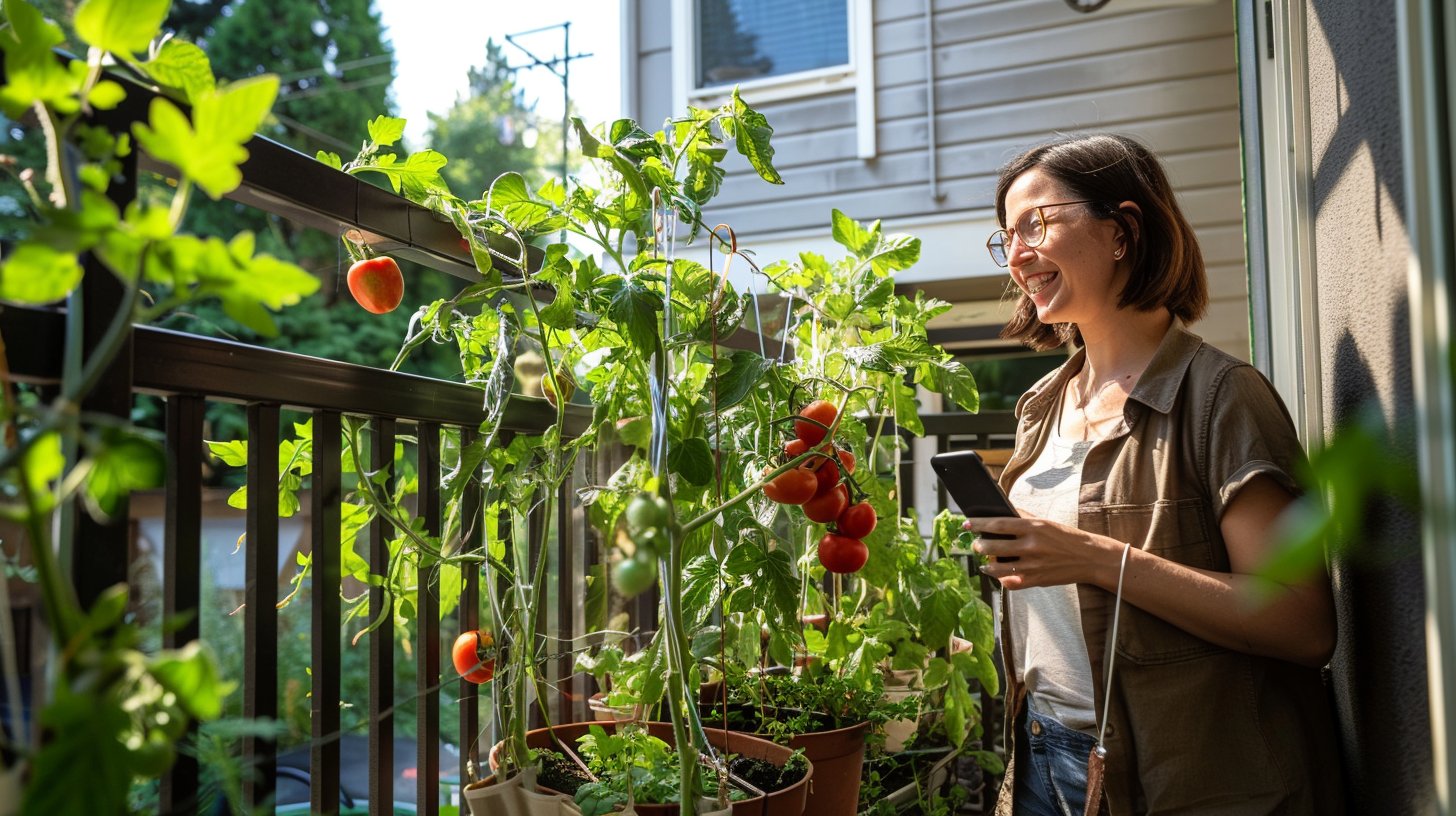
Let's imagine Sarah, a new gardener in Portland. She wanted fresh tomatoes but only had a small balcony. After doing a sun audit, she confirmed it got over 6 hours of direct sun—perfect! She chose two large containers and filled them with a quality potting mix.
She bought two healthy tomato starts from a local nursery. Following our tips, she gave them plenty of room, planted them, watered them deeply, and added a thick layer of straw mulch around the base of each plant. Her final, genius step? She opened her Tendra app and created smart care reminders for her new plants. Now, she gets helpful notifications when it's time to check the soil or think about fertilizer, taking all the anxiety out of these crucial first weeks and setting her up for a delicious harvest.
Keeping Your Garden Healthy and Thriving
You’ve planted your garden, and now the real fun begins. This is where you shift from setup to the rewarding rhythm of ongoing care. It’s about becoming a keen observer of your new green space and building a resilient garden for the long haul.
Learning to Read Your Plants
Think of your plants as constantly communicating. A yellowing leaf or a droopy stem are all signals. The trick is learning to spot these early signs of trouble before they become major problems.
Make a habit of walking through your garden every day or two. Get up close—look at the leaves, feel the soil, and observe visiting insects. This daily check-in connects you to the rhythm of your garden and makes you a better grower.
This is where having a tool like Tendra becomes a game-changer.
Problem: You notice strange yellow spots on your zucchini leaves and have no idea what they are.
Solution: Just snap a photo. Tendra’s AI disease diagnosis, with its 95%+ accuracy, can identify the issue and suggest organic-friendly solutions right on the spot. It turns moments of panic into confident, actionable steps.
Smart Pest and Weed Management
A truly healthy garden is a balanced ecosystem. A few nibbled leaves aren't a catastrophe. Our goal is smart management, not total eradication, using principles from Integrated Pest Management (IPM).
Weeding: Get them while they're small! Pulling weeds is easiest when the soil is moist. Your best defense is a thick layer of mulch, which smothers most weed seeds.
Pest Control: Encourage the good guys! Ladybugs and lacewings are voracious predators of pests. For troublemakers like aphids, start with the simplest solution, like a strong spray of water from the hose.
Feeding: Hungry plants like tomatoes and zucchini appreciate an extra boost. Feed them every few weeks during the peak growing season with a balanced liquid organic fertilizer to keep them producing.
Your Garden is a Journey, Not a Destination
You've learned how to choose the right spot, prepare your soil, select the ideal plants, and care for them as they grow. Remember, every great gardener began with a single plant. Many people around the world are discovering the joy of growing their own food and creating beautiful spaces. You can read more about these gardening trends.
Starting a garden is a fulfilling journey full of learning and connection. Don’t hesitate to experiment, and remember that you're part of a large, supportive community. Each season offers new lessons and achievements.
Discover how to grow with confidence with Tendra—where local gardeners connect and thrive.
